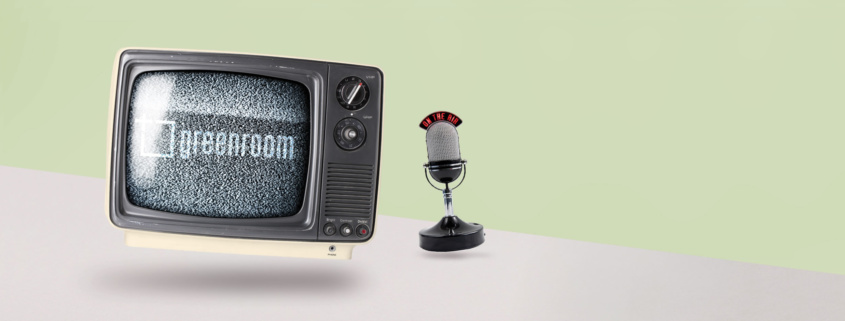How Good Brands Become Media Darlings
How Good Brands Become Media Darlings.
Media-facing brand spokespeople are often refined and have a certain “je ne sais quoi” that makes it look effortless. While few may be born with that X-factor, it’s most often the result training, practice and polish.
Whether the interview opportunity is being televised, heard on the radio or your expert commentary included in an online article, the right amount of preparation is paramount.
No matter how the media evolves, television is still a coveted medium. While many other video opportunities are giving brands more opportunities to be heard, TV can have a major impact on a brand, and it’s important that each appearance is met with meticulous preparation and rehearsal.
There are a few key elements that can ensure a seamless televised appearance:
- Messaging: While any speaker should always feel comfortable on camera, it’s important to make sure that person has a rock-solid knowledge of their topic. The best interviews are running dialogues, not a series of static Q&As. The speaker should be very well-versed and make sure their delivery is natural and not robotic. The quickest way to be cut from a segment or not asked to return is by being cold and sterile. TV loves charisma so practice often, even if it’s with your smartphone’s camera.
- Questions! There will be a lot of them from the production team, and you should be asking many more. Most national shows have rounds of production meetings, and you’ll need to provide a litany of press materials, bios, collateral and video links, so be prepared. TV production can often move quickly, so be flexible and willing to pivot on a dime
- Details: Everything from transportation, timing, contacts (and their cell numbers), location, body language and especially attire needs to be considered. While most production teams will have a lot of this information ready, it’s critical to ask even the smallest questions. Knowing that your client won’t blend in with the green screen and be a floating head (yes, we’ve seen it happen to other people!) will ease most fears for all involved and allow the speaker to be relaxed. Tension always shows on camera! Above all else, remember to smile and enjoy the moment!
Radio and podcast are still a fantastic way to have your message heard and can often live on the websites of the outlets for great ripple effects. While many of the same principles above still hold true, paying special attention to the voice is the key to a great interview. Paying attention to things like inflection, pitch, speed and breathing are much more important than the clothes you’re wearing. Avoiding a monotone and labored breathing are nearly equally as important!
Finally, when being interviewed for an online or print article, communicating your messages in an effective manner is the only way to become an influencer in a journalist’s eyes. By not only providing useful information and avoiding excessive industry jargon but also giving soundbites the journalist can extract will go a long way in establishing authority and also making the journalist’s life easier!



